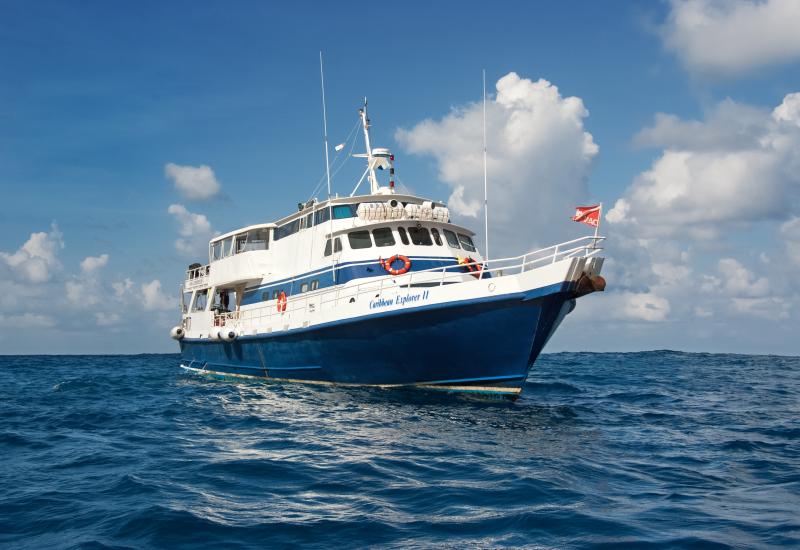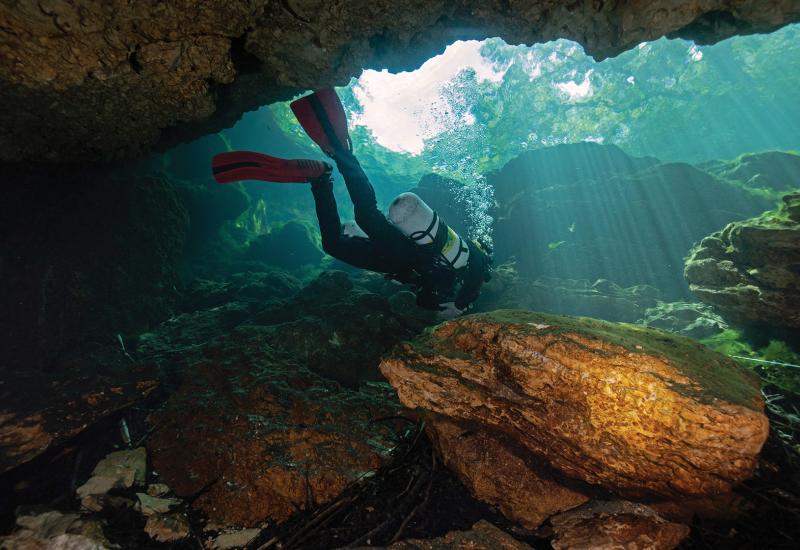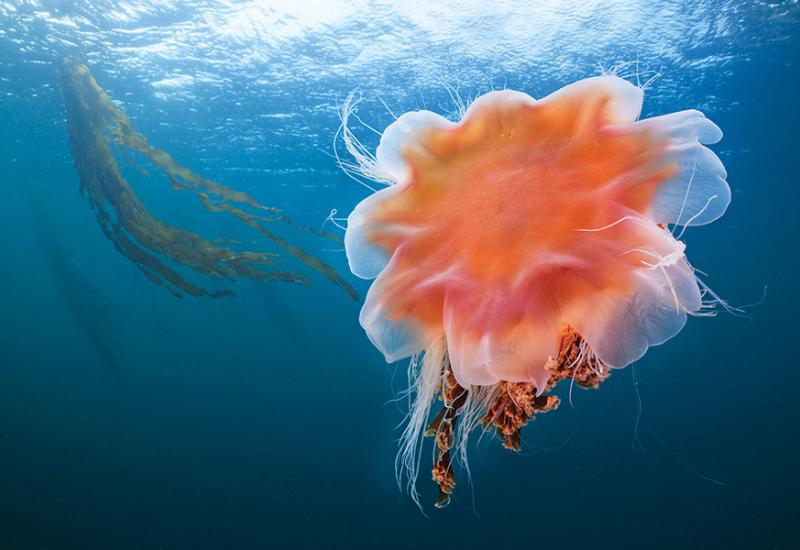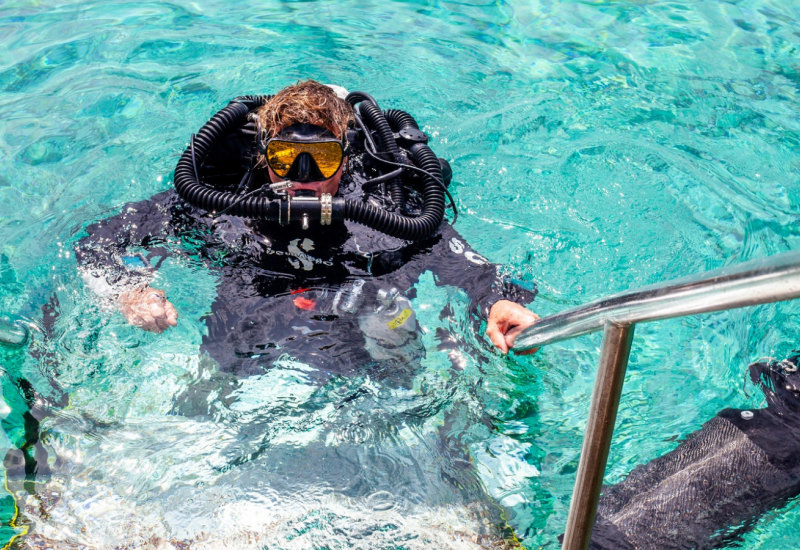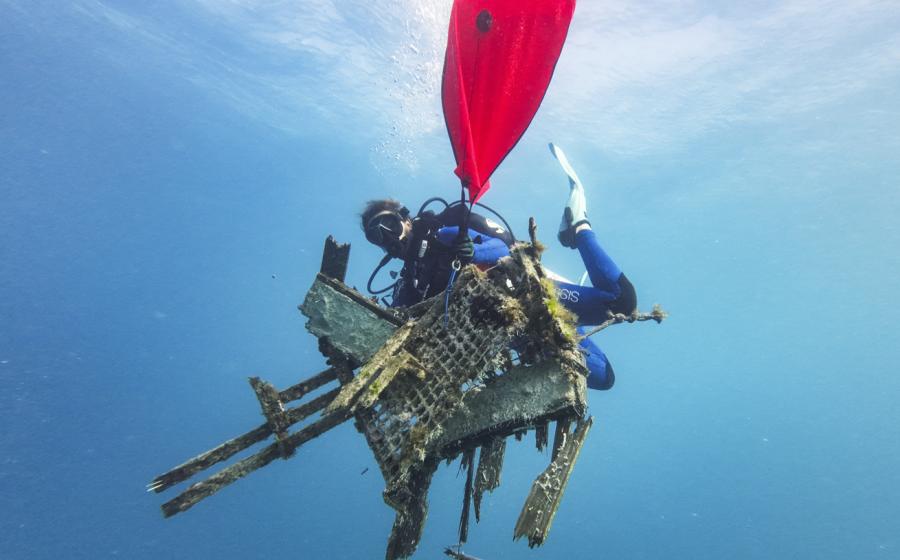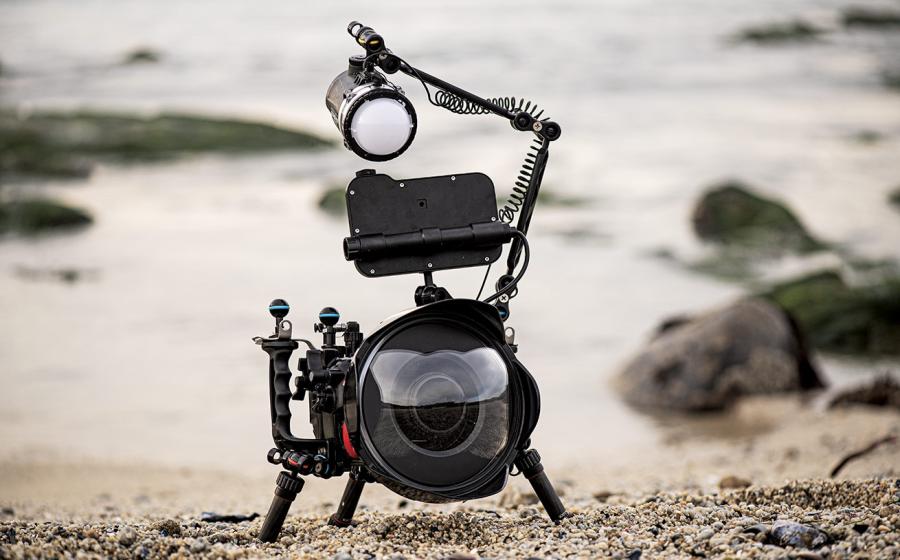Costa Rica
Anguilla's turquoise waters boast seven marine parks: Dog Island, Prickley Pear, Seal Island Reef System, Little Bay, Sandy Island, Shoal Bay Harbour Reef System and Stoney Bay Marine Park. Dive sites include wreck dives, shore dives, mini wall dives, night dives and heritage diving. Anguilla is known for its intentionally sunk shipwrecks. The island is home to a truly unique attraction, a 960-ton Spanish galleon, El Buen Consejo, that rests on the ocean floor with its cannons and cargo serving as a silent testament to the Caribbean's turbulent past. Anguilla also boasts a healthy double reef system, where a wide variety of corals flourish.
Weather: About 80 degrees year-round.
Average Water Temp: Mid-80Fs in summer in the north, dropping to mid-70Fs in winter. Dive season is year-round.
Average Visibility: 100-plus feet.
Travel Savvy: A passport and onward or return ticket is required. Anguilla is 20 minutes north from French St. Martin by ferry. There are a number of options available for getting to the island. Visitors can fly directly into Anguilla's Wallblake Airport from Puerto Rico via American Eagle/American Airlines and LIAT, or opt to fly directly to St. Maarten, Antigua, St. Thomas or St. Kitts for easy transfer to Anguilla
Destination Links: www.anguilla-vacation.com and www.ahta.ai.
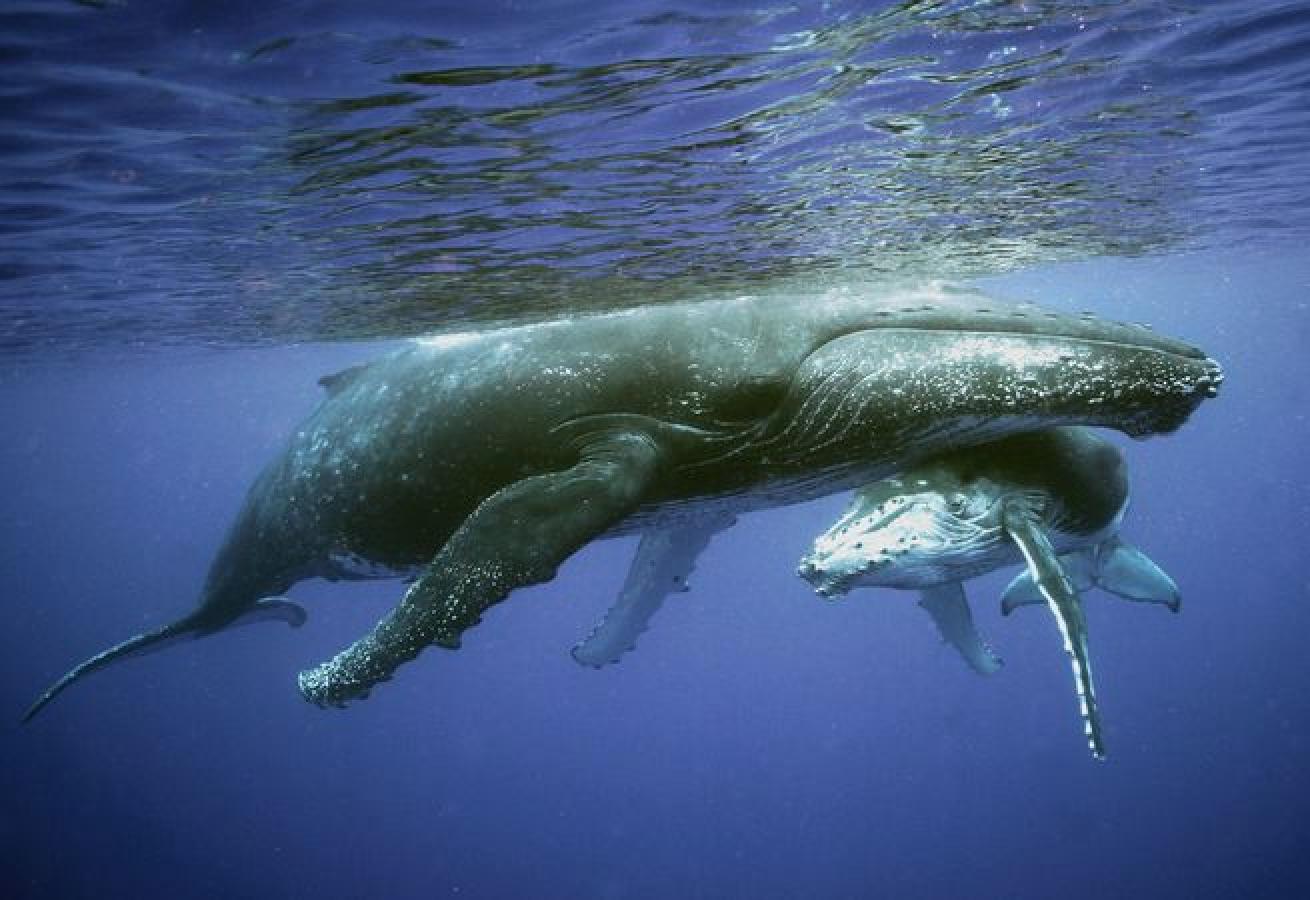
Here, topside temptations like rainforest hikes, canopy tours and whitewater rafting excursions compete for your attention, right alongside some of the Eastern Pacific's best diving, but if you play your cards right, you can have the best of both worlds.
One way is flying into San Jose, then getting whisked away to Puntarenas, where you'll get on a live-aboard vessel for a 300-mile ride south to Cocos Island. Cocos is lush, volcanic and has been designated a UNESCO World Heritage Site. Bajo Alcyone, with its hammerheads, mantas, whale sharks, sailfish and eagle rays, is perhaps the island's centerpiece dive site. Divers can also witness firsthand the "bait ball" phenomenon of hundreds of green jacks contorting themselves into a tight mass to protect themselves against pelagic predators. At Shark Fin Rock, you can observe marbled rays during mating season, and on Cocos, hike to waterfalls after alighting at Chatham Bay.
But if live-aboard isn't your thing, Costa Rica also offers land-based diving on the Golfo de Papagayo in the northwest and the Osa Peninsula in the southwest. Fly into Liberia and the beachfront towns of Playa Hermosa and Playa del Coco are just a short drive away. Boat rides to sites like Virador, Catalina Point and Catalina Wall are often less than 30 minutes from shore.
Virador has big animals like manta rays, humpback whales, whitetips and whale sharks. At the Catalina Islands, school is in session for hundreds of mantas between December and May. At other sites, watch for small creatures such as seahorses and harlequin cleaner shrimp. Topside, don't miss the hot springs and volcanic mud baths of the still-active Mt. Arenal volcano.
Rustic jungle lodges are the accommodations of choice in the Osa Peninsula, the jumping-off point for the rocky reefs of Cano Island and surrounding pinnacles like El Bajo del Diablo. Expect to see it all, from big schools of snapper to napping nurse sharks to passing pods of dolphins. Topside, don't miss the waterfall hikes in the nearby rainforest preserve.
Weather: Mild year-round, with temperatures rarely exceeding 90 degrees in summer or dipping below 75 degrees in winter.
Average Water Temp: High 70s to low 80s in summer; low 70s in winter.
Average Visibility: Expect 30 to 60 feet with occasional peaks of 80 feet.
Travel Savvy: A valid passport is required. Departure tax is $26.

